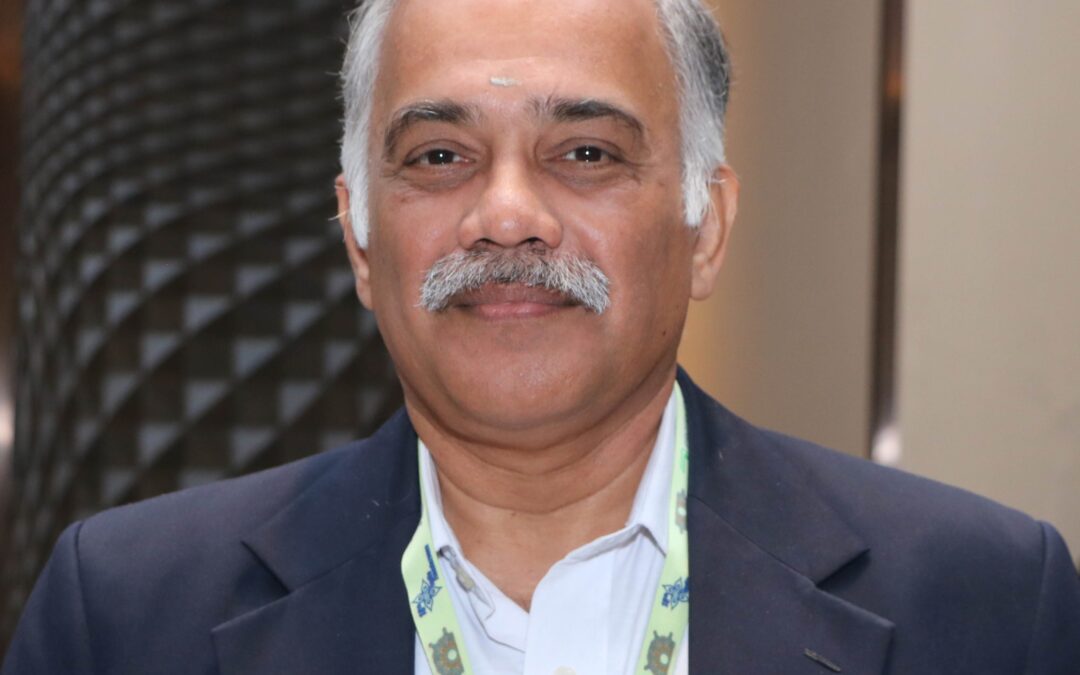N Ramaswamy, CMD, GIC Re
“Currently, due to the huge catastrophic risks involved, there is very limited reinsurance capacity available for hydro power plants. More often, catastrophic covers are sub-imited. With climate risks and rising frequency and intensity of natural disasters, the risks are only growing bigger and some suitable arrangement has to be done so that adequate coverage can be made for the hydro power plants” N Ramaswamy, CMD, GIC Re
New Delhi/Mumbai: With rising onslaught of monsoon catastrophes, more often aggravated by unpredictable climate risks, becoming common phenomena hitting Indian economy hard, the government has now opened dialogue with GIC Re to set up an exclusive mega Hydropower Pool to provide cover to all hydro power plants in the country to secure energy security.
“We are discussing with the Power Ministry to create a pool to provide cover to all hydro power plants in the country,’’ said N Ramaswamy, CMD, GIC Re.
Currently, due to the huge catastrophic risks involved, there is very limited reinsurance capacity available for hydro power plants in India. More often, catastrophic covers are sub-limited. With climate risks and rising frequency and intensity of natural disasters, the risks are only growing bigger and some suitable arrangement has to be done so that adequate coverage can be made for the hydro power plants, explained Ramaswamy.
“This is a green energy initiative which the country needs and we are keen to provide the best support that is possible,’’ he stressed.
While the larger features of the proposed Hydropower Pool are being thrashed out, in a bid to create a larger capacity, it will also involve other global reinsurers who have set up their operations in India and domestic primary general insurers.
Hydroelectric power has always played a significant role in the energy landscape of the country, providing essential peaking support to the electricity grid, thus enhancing the reliability and resilience of the power system.
However, the development of hydro power projects has been marred by various issues such as natural calamities, geological surprises which have resulted in slower hydro capacity addition in recent years.
The hydroelectric power projects in Northern and Eastern regions, comprising over 60 per cent of total hydro energy generation, have been severely impacted by natural disasters in recent years.
In July 2023, Himachal Pradesh experienced flash floods, disrupting the operation of many power stations in the area. Besides, flash floods in the Eastern region in October 2023 have further hindered the operation of several hydro power stations, thus affecting the generation severely.
Major river basins contributing to hydropower potential include the Brahmaputra, Indus, Ganga, and the rivers of South India.
Hydropower projects located in the Himalayan region get base flow from contribution of snowmelt, i.e., from surface runoff produced by melting snow; so, any rise in temperature will increase snowmelt contribution.
Aaligning with the ambitious targets set forth by India in the Nationally Determined Contributions (NDC) under the COP Paris agreement, which are aimed at reducing emissions intensity of GDP by 45 per cent from 2005 levels by the year 2030 and achieving 50 per cent of installed electric power capacity from non-fossil-fuel sources by the year 2030, the government has adopted a proactive stance towards hydro power development, striving for accelerated progress.
Currently, the country has 197 hydropower plants, nine pumped storage stations
India has several hydropower projects, with major locations in states like Uttarakhand, Maharashtra, Andhra Pradesh, Himachal Pradesh, and Gujarat.
The hilly states of Arunachal Pradesh, Himachal Pradesh, Jammu & Kashmir, and Uttarakhand constitute around half of India’s hydroelectric potential.
At present, 42 hydro power projects with an aggregate capacity of 18034 MW are under construction and 30 hydro power projects with an aggregate capacity of 21810 MW have received concurrence from the Central Electricity Authority (CEA) which can be taken up for construction.
The public sector, including companies like NHPC, SJVNL, NTPC-Hydro, and NEEPCO, operates over 90 per cent of the country’s hydroelectricity.
Hydroelectric power projects with aggregate capacity of 15 GW are under construction in the country. The hydro capacity is likely to increase from 42 GW to 67 GW by 2031-32, marking an increase of more than half of present capacity.
GIC Re is already successfully managing couple of pools like Nuclear Pool, Terrorism Pool and Oil and Fertiliser Pool to provide covers for shipments meant for importing fertilisers from Russia, Belarus and Ukraine.


It is a need of the hour. Very good initiative.